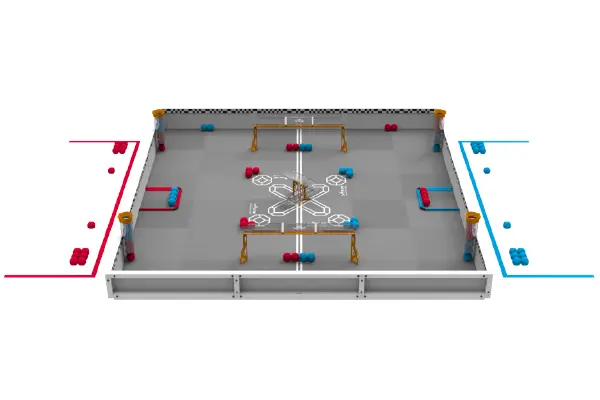
The Future of Educational Robotics
VEX GPS, VEX LINK, and AI Vision System, and the resulting Sensor Fusion create an opportunity for students to take their autonomous robots a level up! The VEX AI Robotics Competition pushes the boundaries of robotics competitions. The game is separate from the V5RC and VURC competitions.
Here's How it Works
- Two Robots per Team – Each team brings two robots that they design and build to work as a team.
- Parts – Teams can 3D print and machine parts. Teams can use custom electronics, and there are no motor quantity limits.
- Grade-level – This game will be open to High School students and College students alike.
- Registration – Season registration is $200 for the first team and $150 for each additional team within the same organization.
- Hardware –The hardware kit needed to run VEX GPS, VEX LINK, an AI Vision System, and Sensor Fusion Map is available for purchase from VEX, SKU 276-8983.

Mechanical Engineering
Design and program two robots that need to work together to complete the VEX challenge.
Teams get to build two robots that work together as a team. That changes the robot design and robot strategy dynamic significantly. Do you build two identical robots, or build two different robots with different skills and capabilities? And now, with 3D printing and machining, there are new skills to be learned and taken advantage of, too.
Electrical Engineering
Implement custom robot sensors and circuits.
Need a new sensor that isn't available from VEX. You have choices! Buy one and integrate it, or, even better, build it. Students can design their own circuits to enhance the capabilities of their robot. There are new skills to learn, including schematics, circuit design, microcontrollers, and new sensor technology. The possibilities are real, and the learning potential is too!
Computer Science
Convert your driver skills, your offense and defense, and game strategy into code.
Imagine converting your driving skills, offense and defense, and game strategy into code. You'll program path planning, object manipulation, and scoring. Your strategies will require you to calculate scores, determine next moves, coordinate robots, and execute plans rapidly. The ultimate challenge will be coding your ability to anticipate and react to opponents and changing field conditions.

